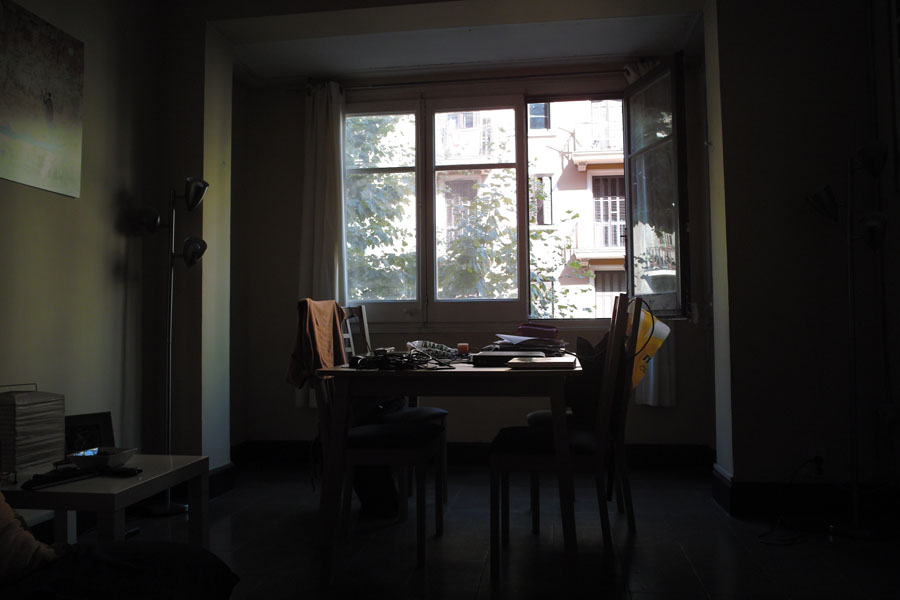Rawfa
Active member
I've got it! I've been racking my brain out to find out exactly wasn't pleasing me about the E-P1. I just took the DP1 and E-P1 and shot 3 shots under the exact same circumstances in different types of light and I've found some very interesting facts. It turns out that shooting JPEG the E-P1 DOES have more dynamic range than the DP1. Regarding sharpness that is a tough one but the DP1 may come out on the top here. What DOES bother me (and now is when real photographers are going to eat me alive) is JPG processing. I ALWAYS shoot JPEG. I hate the whole RAW process. I mean HATE it. If you zoom in on the DP1's jpegs you won't see any pixels any time soon, if you do the same with the E-P1's you'll see plenty REAL soon. I love to shoot plain and then work the image on post and the E-P1's jpegs just completely fall apart with the lightest of post, while the DP1 you can just apply anything you want to them and they'll stay strong. Anyway, I have 6 files that I can post but they're very big. If someone can find me a place to upload them all I can post them here.






